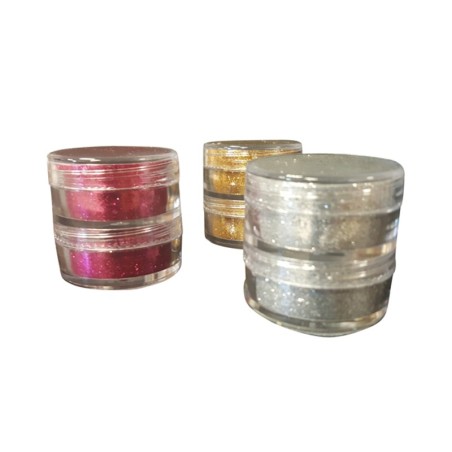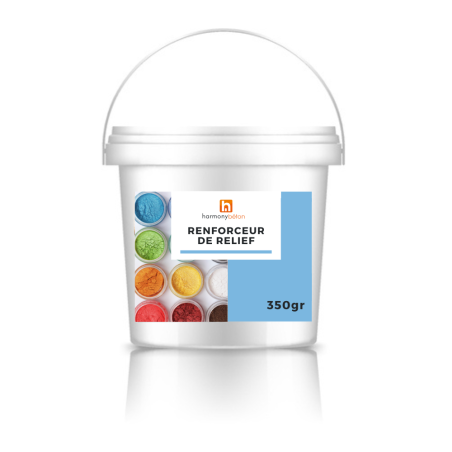Add a unique touch to your decorative projects with our Powder Colorants.
Specially formulated...
Price
€15.18 tax incl.
12 avis
Our dyes liquid dyes to be universal and ultra concentrated.
They are VOC-free, without PAEO,...
Price
€2.98 tax incl.
3 avis
Shiny glitter to mix with an epoxy resin, a varnish or a wax.
7 colors to discover.
Price
€5.70 tax incl.
2 avis
The dyes of the liquid metal effect is intended for the staining of wood stains, varnishes,...
Price
€21.60 tax incl.
7 avis
copy of Relief enhancer Stamped concrete
The enhancer of terrain allows us to accentuate the contrast cement print accenting the color in...
Price
€76.92 tax incl.











